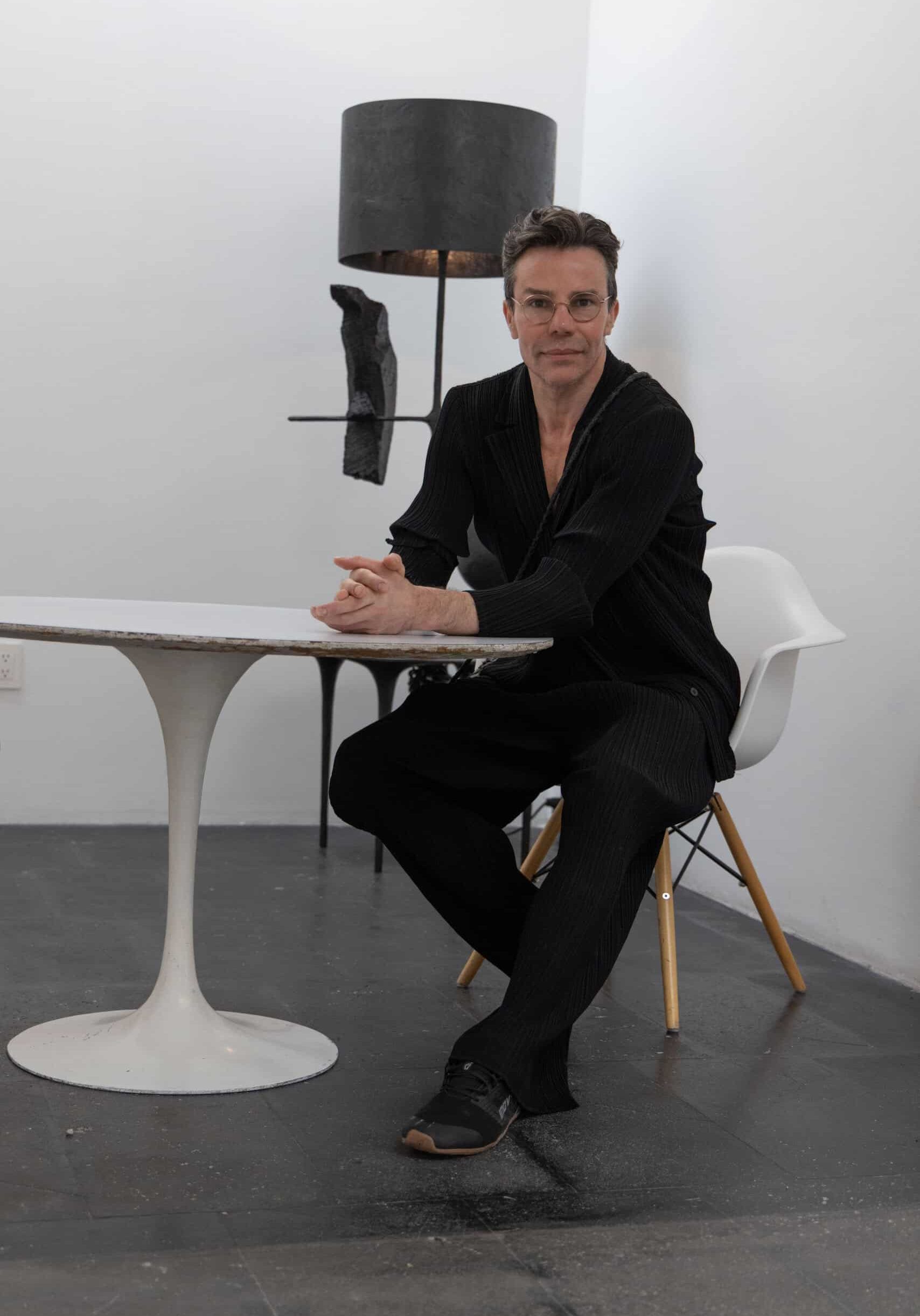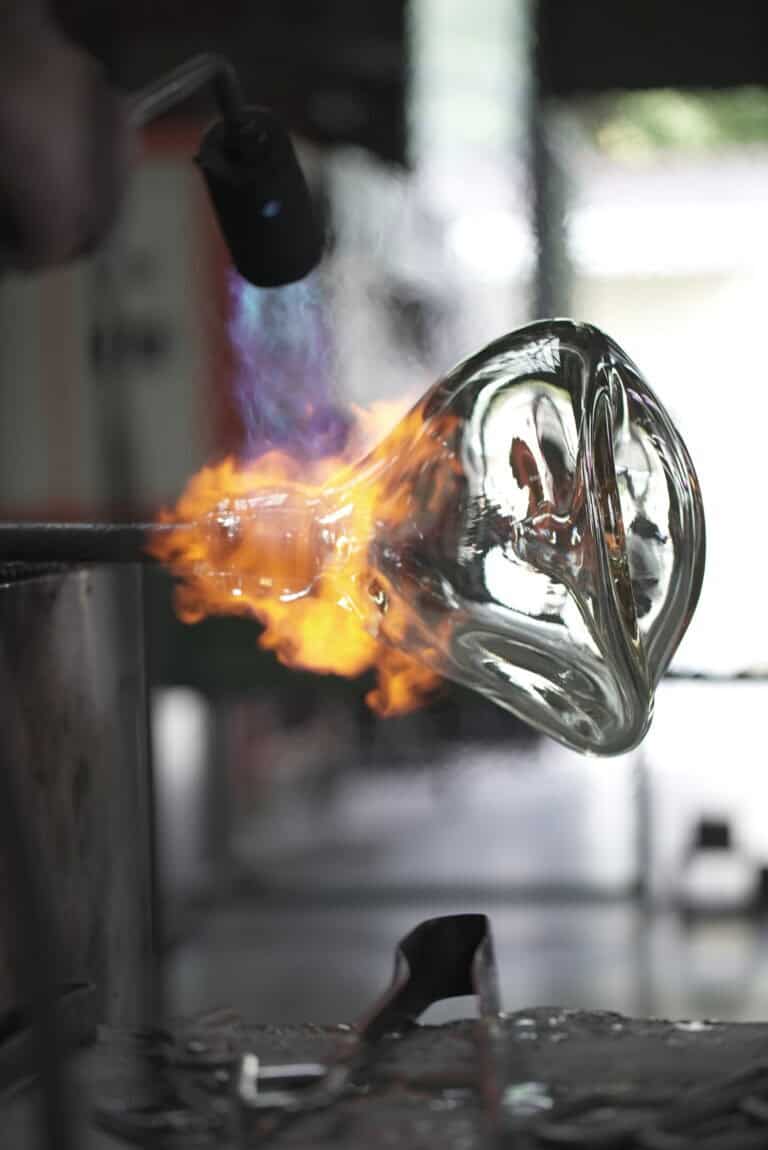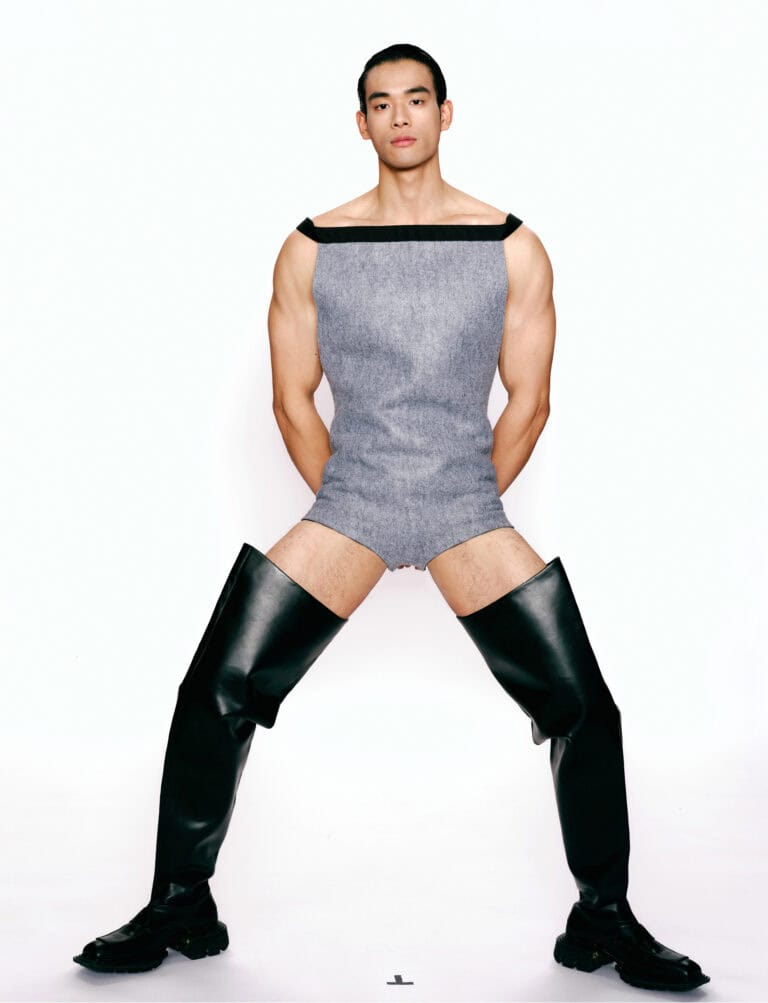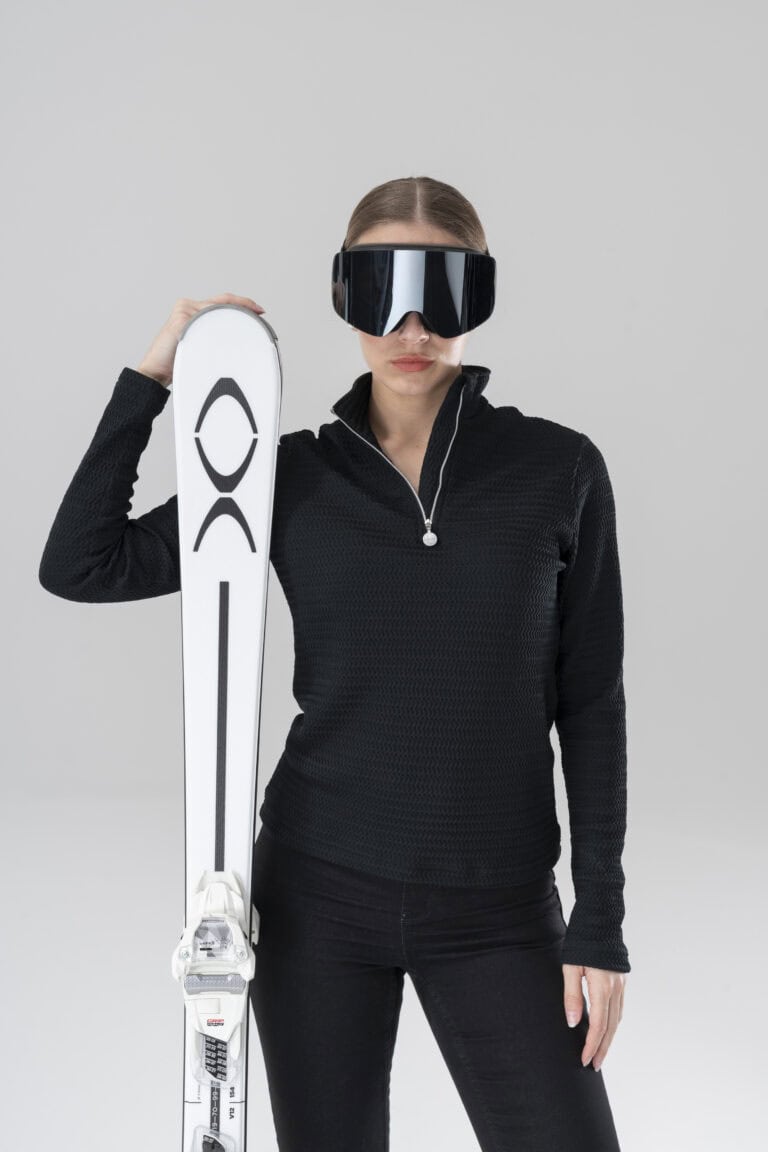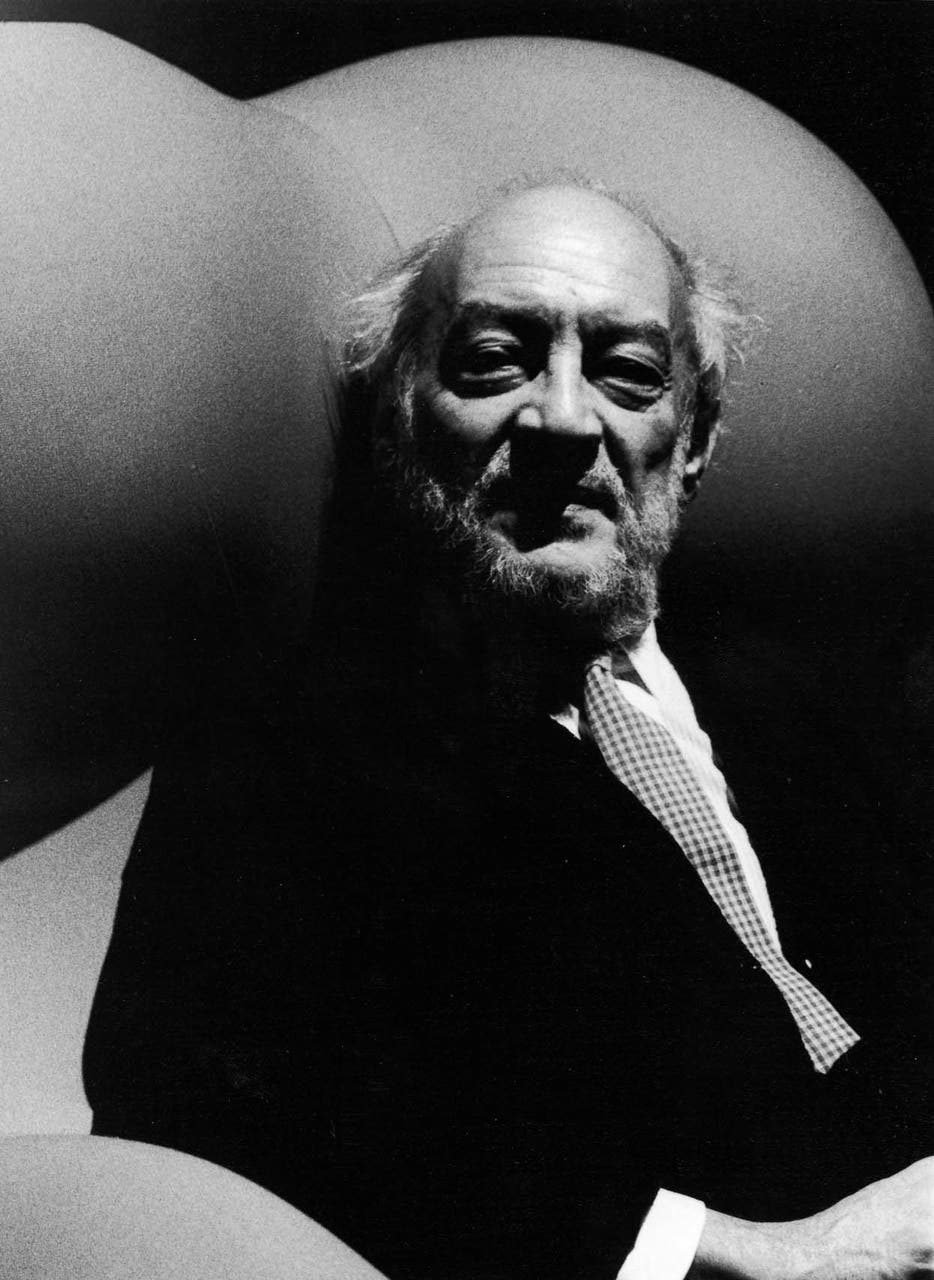
Gaetano Pesce: A Rebel With a Cause – A Legacy of Radical Design and Social Commentary
Patrick Duffy

“Pesce was a provocateur, a rule-breaker, and an artist who challenged the status quo with his bold and playful creations. From the iconic Up armchair to his whimsical resin sculptures, Pesce’s work celebrated individuality and sparked conversations.” – Ilene Shaw, Executive Director of NYCxDESIGN
Gaetano Pesce, the firebrand Italian designer who rose to prominence in the 1960s, passed away on April 4th, 2024, at the age of 90. Pesce’s work transcended the realm of mere furniture design. It became a potent form of social commentary, a rebellion against conformity, and a relentless pursuit of pushing boundaries.
Born in 1929 in La Spezia, Italy, Pesce’s formative years were marked by the upheaval of World War II. This experience instilled in him a deep aversion to blind acceptance and a yearning for a more just society. These themes would later become the driving force behind his design philosophy. After the war, Pesce honed his skills at the University of Venice, studying architecture under the renowned Carlo Scarpa. Scarpa, known for his innovative use of materials and meticulous attention to detail, undoubtedly influenced Pesce’s early work, which often incorporated unconventional materials and displayed a distinct sculptural quality.
While Pesce honed his skills at the IUAV architecture school and actively participated in the groundbreaking Gruppo N art collective in Padua, it was New York City that truly captured his heart. He began teaching at Pratt Institute in 1980 and the city became his adopted home for the following decades.
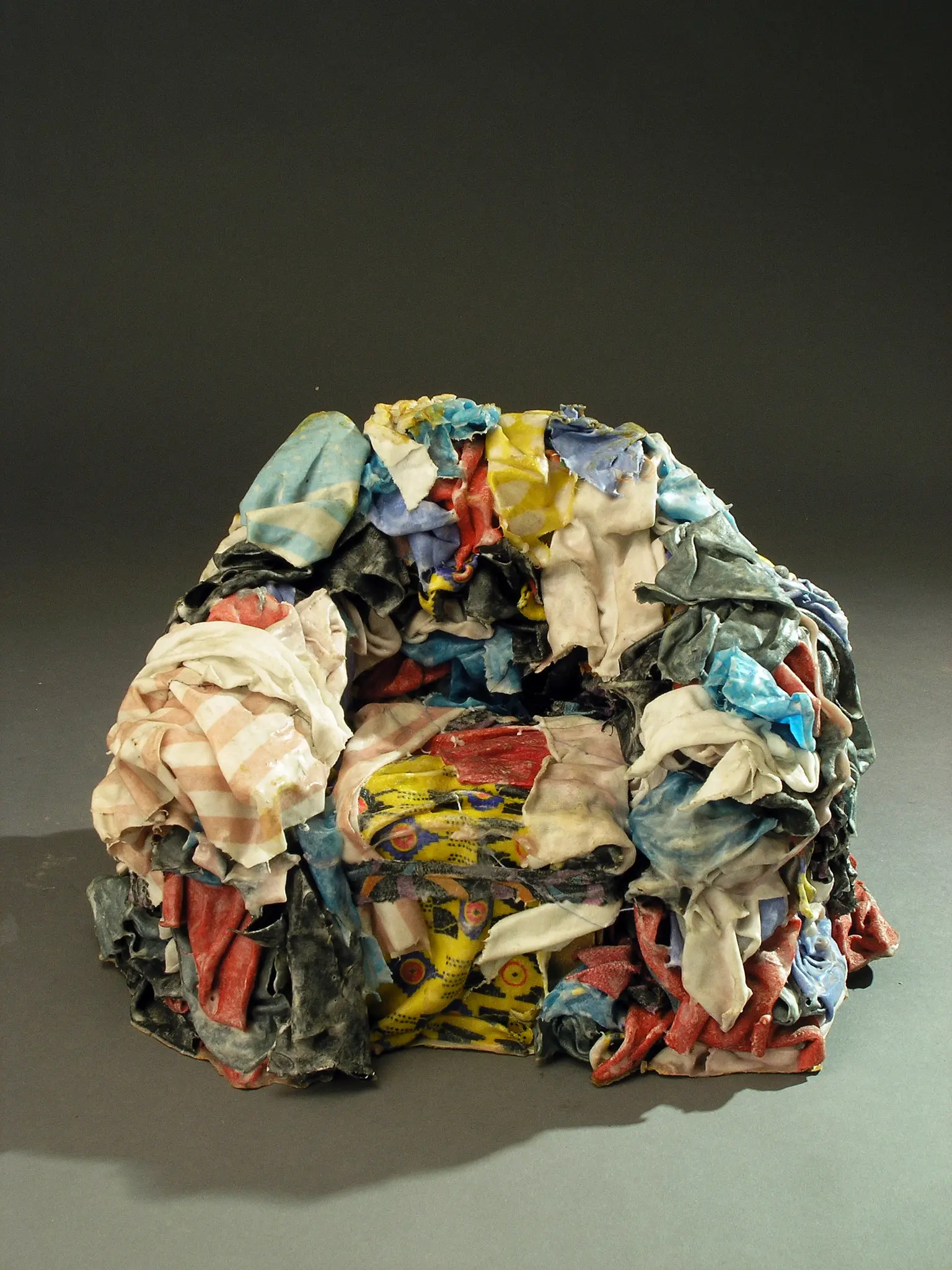
Photo by Sebastian Piras
The Rise of a Radical: Challenging the Status Quo
The 1960s witnessed the emergence of Pesce as a leading figure in the Radical Design movement. This group of Italian designers rejected the elitism and mass production that characterized mainstream design. Pesce’s furniture pieces, a stark contrast to the sleek minimalism dominating the scene, became powerful symbols of rebellion.
The iconic “Upside Down Chair” (1969), with its audacious inversion, embodied a critique of social hierarchies. “I am not a designer; I am an investigator,” Pesce declared. “I investigate materials, the relationship between people and things, and the way we can change things.”
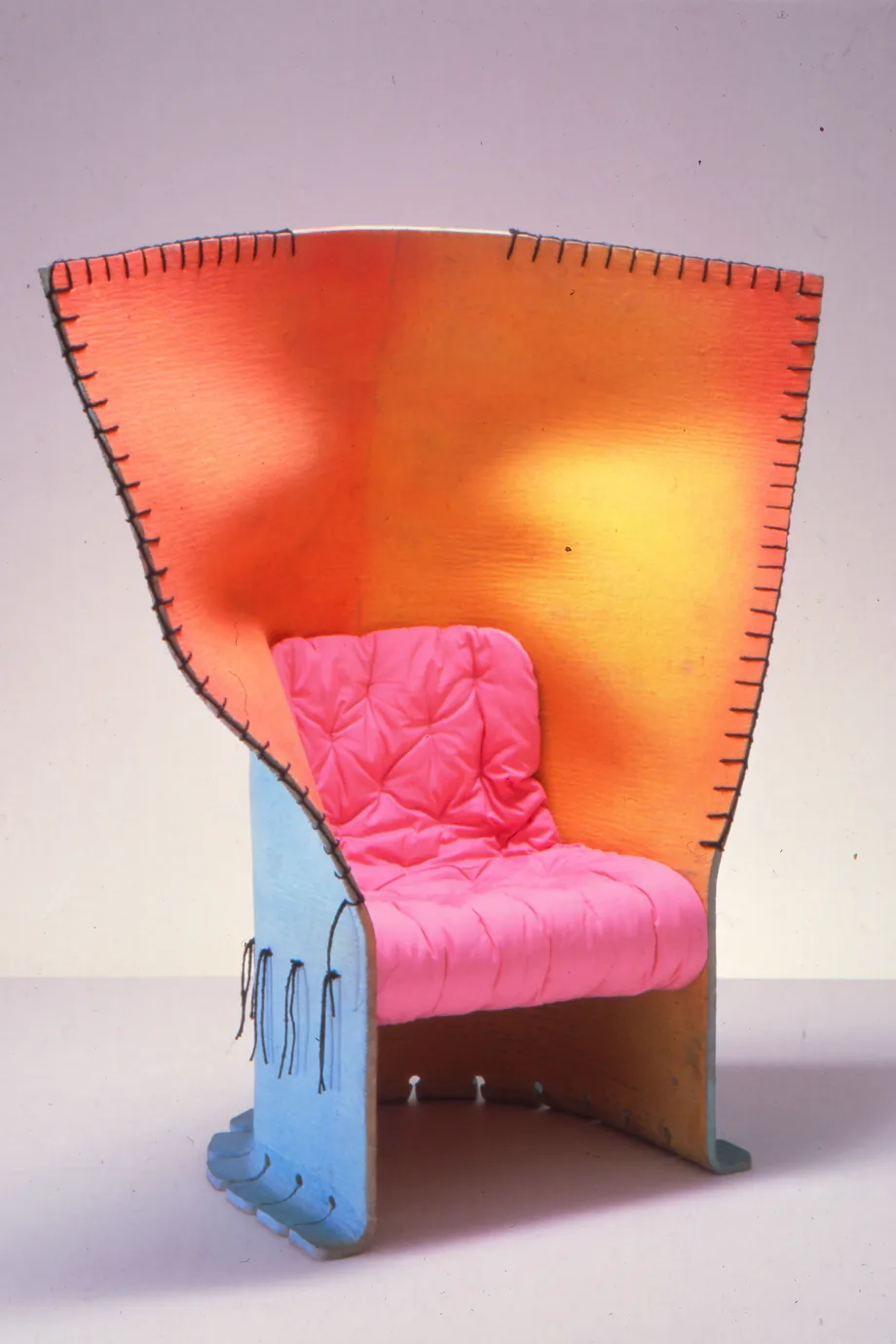
Courtesy of Gaetano Pesce Studio
Beyond Furniture: A Multifaceted Creative
Pesce’s design repertoire extended far beyond furniture. He tackled buildings, interiors, graphics, and even dabbled in fashion with collaborations like Fiorucci. His work transcended the boundaries of a single discipline, finding a home in major museums and galleries worldwide. This multifaceted approach solidified his position as a leading voice in contemporary design.
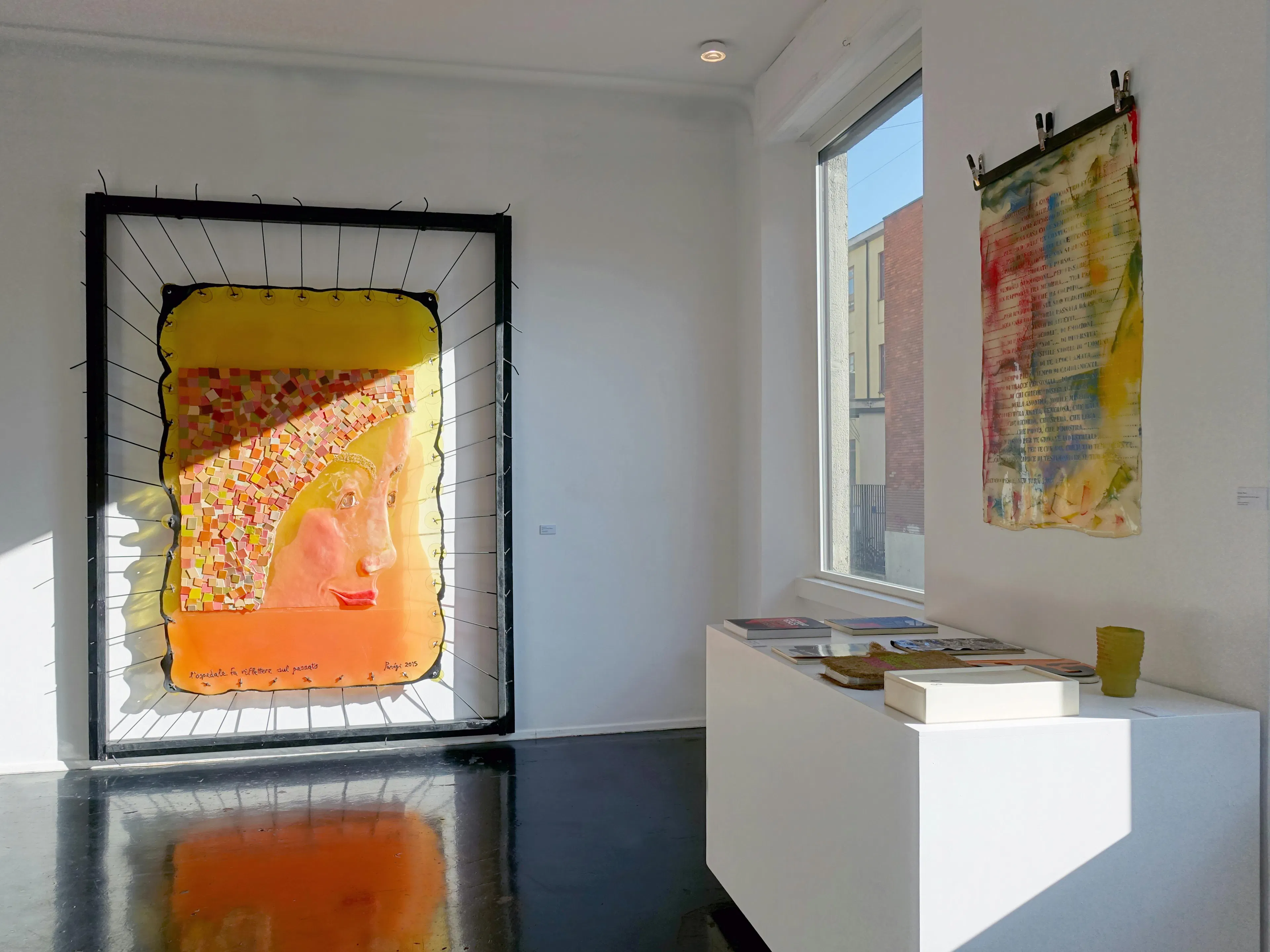
Courtesy of Galleria Luisa Delle Piane
Social Commentary Embedded in Every Form
For Pesce, design was never purely aesthetic. It was a platform for social and political commentary. The “Organic Chair” (1960), with its womb-like form, challenged societal norms and prompted viewers to confront issues of gender and sexuality. “‘Design is not just about making beautiful objects,'” Pesce stated. “‘It’s about changing the world.'” Throughout his career, he consistently used his designs to raise awareness of critical social issues.
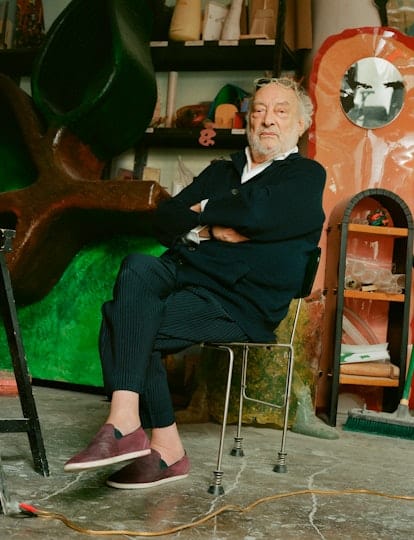
A Legacy of Innovation and Social Consciousness
Gaetano Pesce’s legacy is one of unwavering innovation, unwavering social consciousness, and a relentless pursuit of pushing boundaries. His work redefined furniture, transforming it into a powerful medium for social commentary. “‘I believe that furniture should be surprising, disturbing, and even a little bit dangerous,'” Pesce once remarked. His influence continues to resonate with contemporary designers who embrace experimentation and social responsibility in their practices.
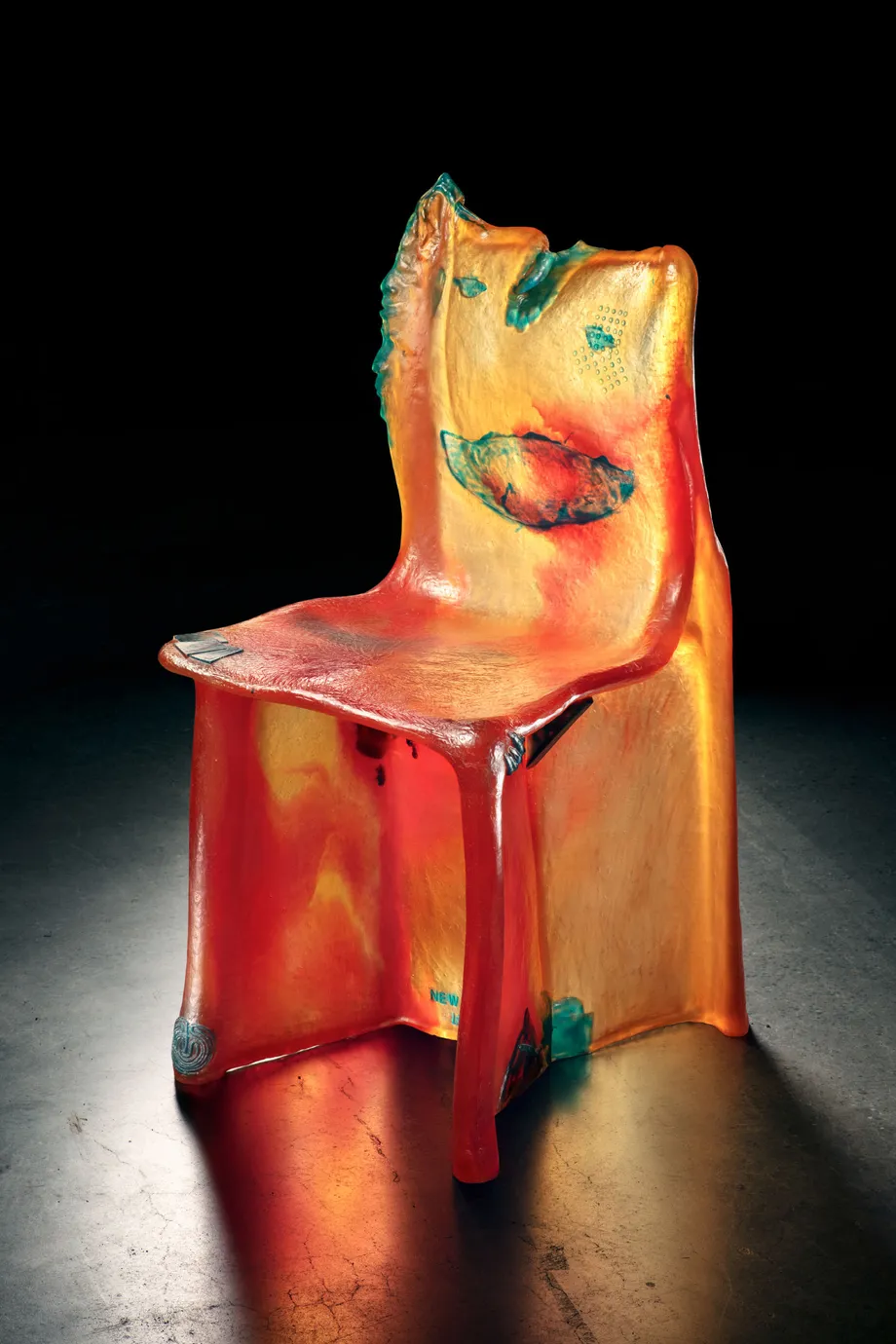
Photo by Jeroen Bocken
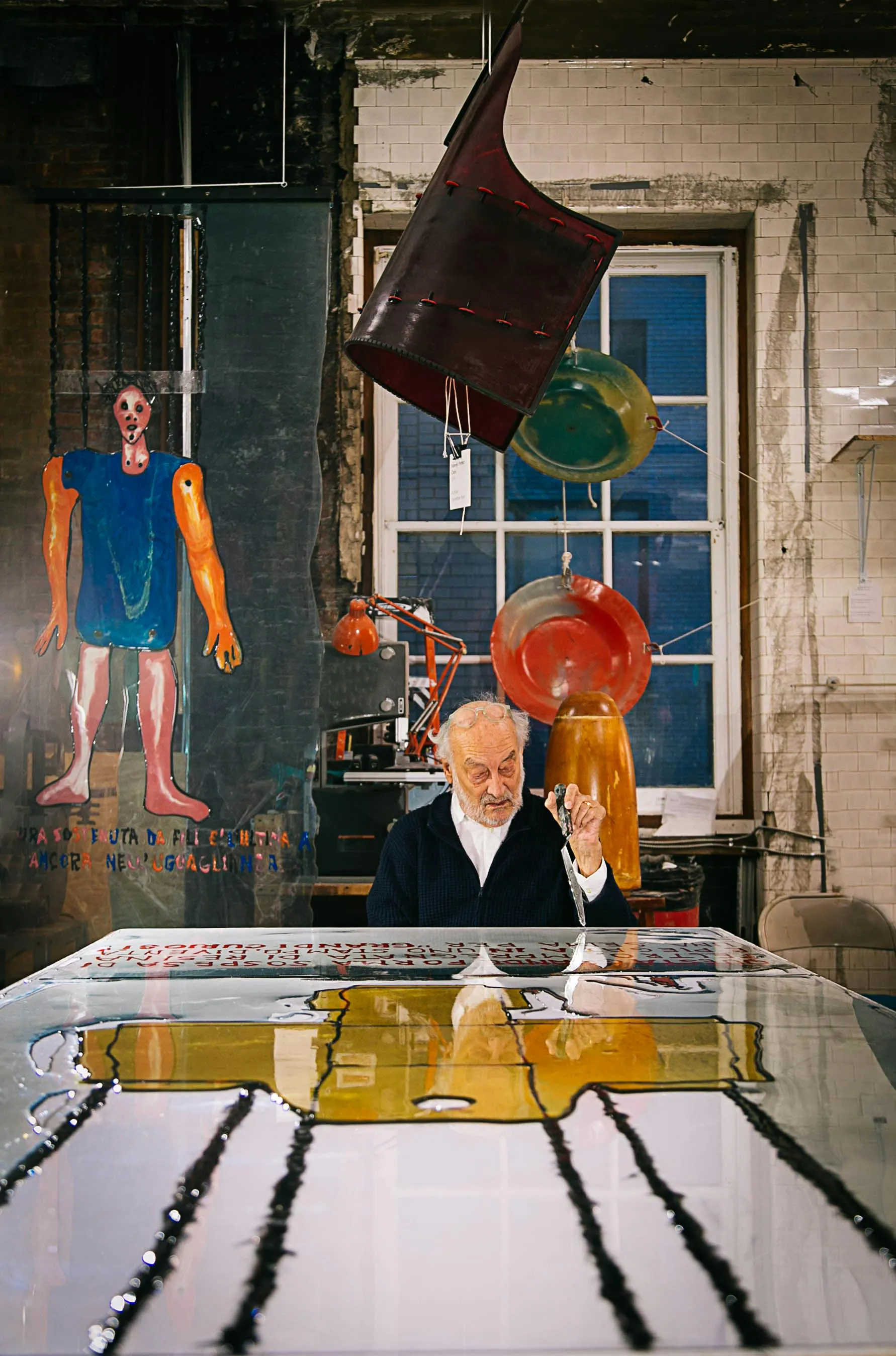
Gaetano Pesce was more than just a designer; he was a visionary who used his craft to ignite conversations and challenge the status quo. His legacy continues to inspire designers and artists who are committed to pushing the boundaries of their fields and using their work to make a positive impact on the world.
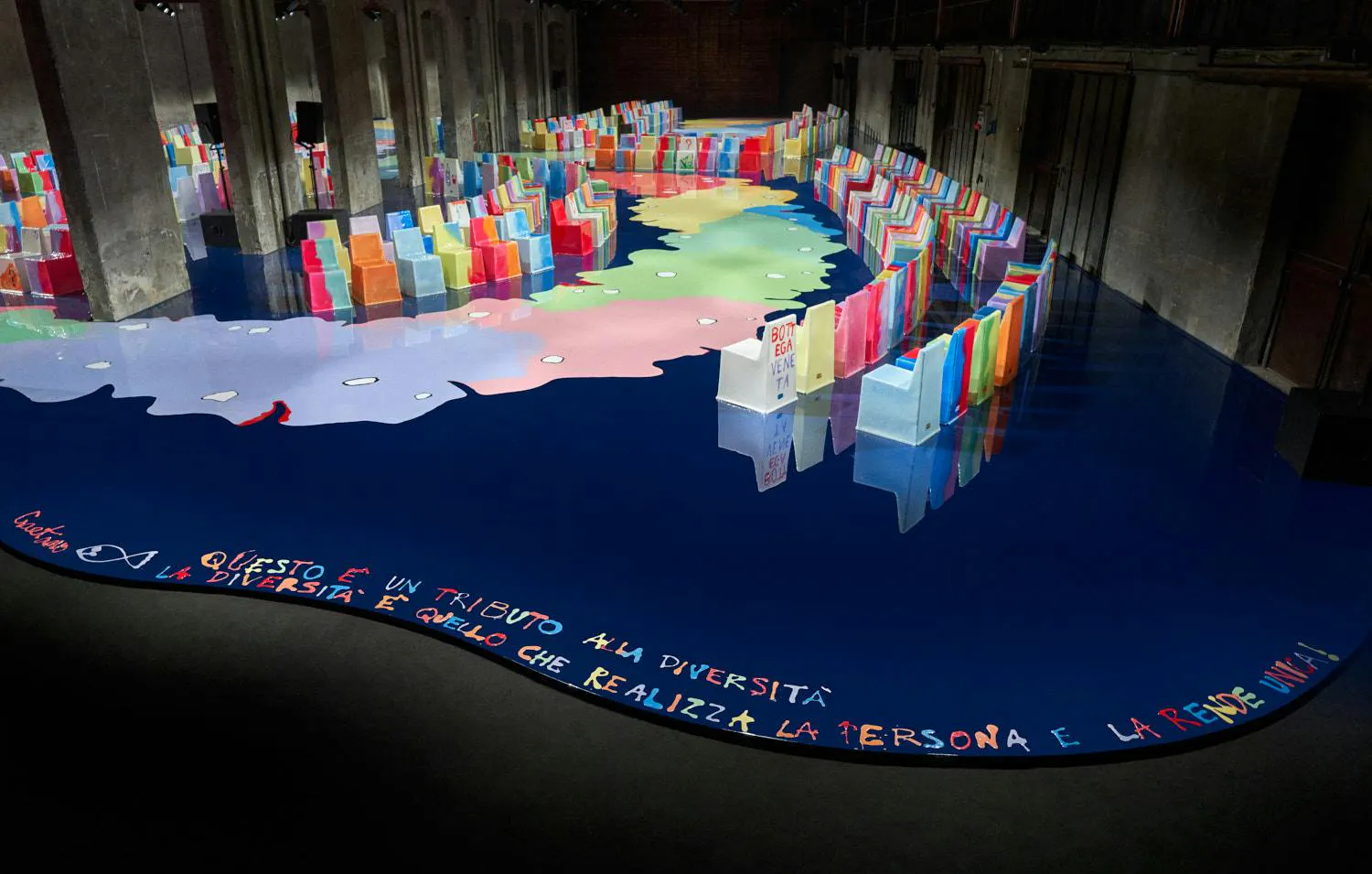
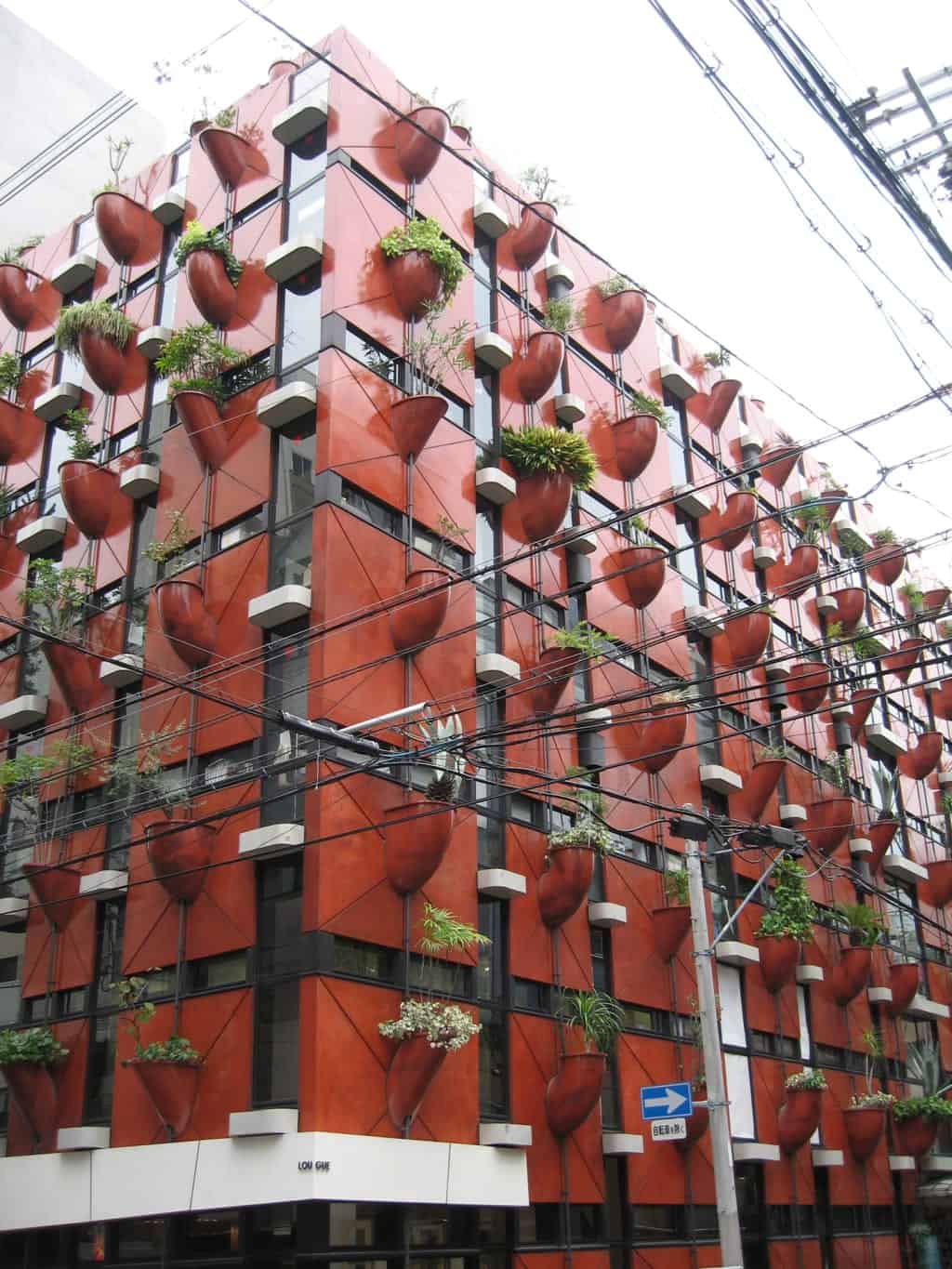
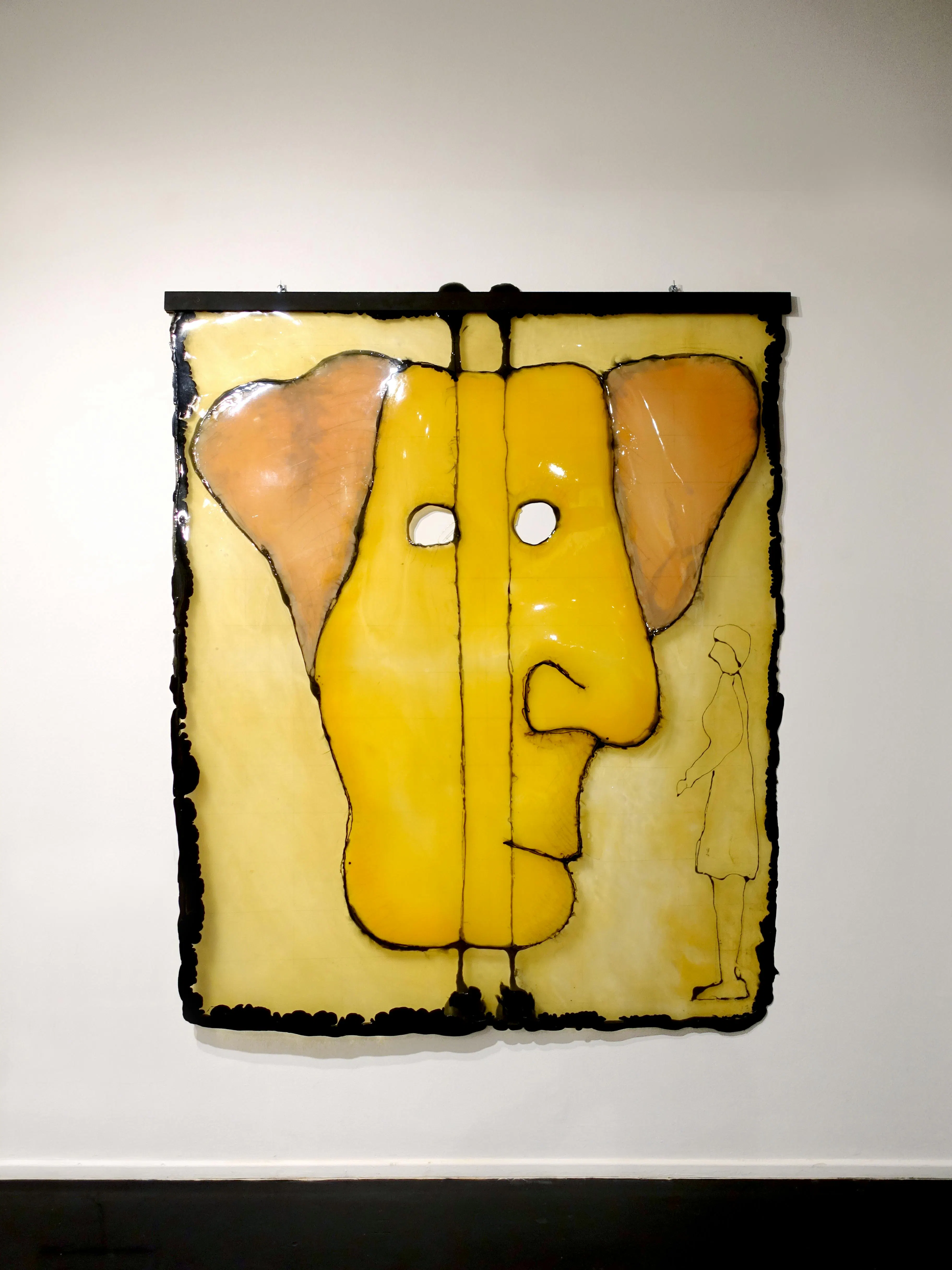
Courtesy of Matteo Canestraro , Galleria Luisa Delle Piane , Craig Anderson
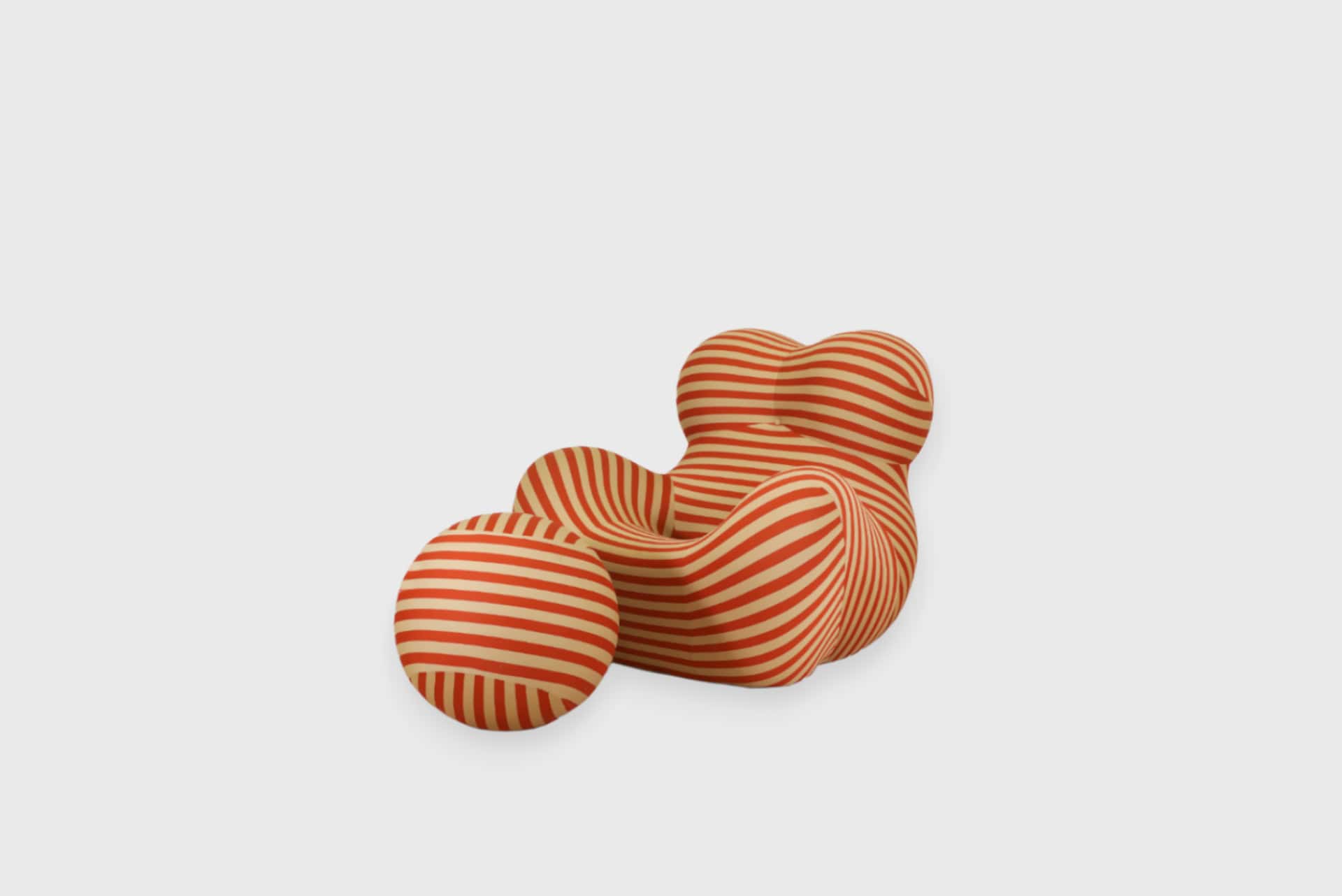
Armchair and ottoman model “UP50 Donna” and “UP6” Courtesy of Side Gallery
Revisiting key milestones from his remarkable career
Up Series (1969): This iconic piece, featuring the bulbous Up 5 chair and Up 6 ottoman by B&B Italia, redefined comfort and challenged traditional forms. The curvaceous design, a stark contrast to the boxy chairs of the era, embraced organic shapes and softer materials. This wasn’t just furniture, it was a statement.
“Italy: The New Domestic Landscape” at MoMA (1972): Pesce’s work wasn’t confined to homes. His inclusion in this groundbreaking exhibition at the Museum of Modern Art (MoMA) solidified his place as a key figure in the Italian design movement that was shaking up the domestic landscape.
Feltri Chair (1990s): This playful and innovative chair, crafted from colorful felts, showcased Pesce’s love for experimentation. The unique material and construction blurred the lines between furniture, sculpture, and art.
Pratt Chair (1984): Function met form in this ingenious design. The Pratt chair, named after the Pratt Institute where Pesce
once taught, featured a simple yet ingenious folding mechanism. This piece embodied Pesce’s belief in design that was both beautiful and practical.
Pescetrullo (2008): Pesce’s influence extended beyond furniture. His architectural project, Pescetrullo in Puglia, Italy, stands as a testament to his holistic design vision. This organic, sustainable dwelling embodied his commitment to social and environmental responsibility.
XXL Foot Vase (2011): Pesce never shied away from making a statement. This oversized, brightly colored foot-shaped vase is a prime example of his playful spirit and his ability to transform everyday objects into thought-provoking conversation starters.
“My Dear Mountains” at Aspen Art Museum (2022): This recent exhibition showcased Pesce’s ongoing exploration of design, art, and social commentary. It’s a fitting tribute to a designer whose work remained vibrant and relevant throughout his long career.
Visit NYCxDESIGN
Share this post
Patrick Duffy is the founder of Global Fashion Exchange, a company catalyzing positive impact through strategic consulting roadmaps focusing on supply chain transparency, worker rights, responsible production for B2B as well as consumer facing programming and community building focusing on aligning people or communities with the SDGs.
Experience developing networks and activating ideas, guiding creative teams globally, and working with institutions like the Victoria and Albert Museum and UNESCO, and iconic spaces such as Federation Square Melbourne, Madison Square Garden, Bryant Park in New York City, and The Dolby Theatre in Los Angeles.
Patrick has produced clothing swaps all over the world from, with GFX Active in over 100 countries. Each GFX event focuses on building community, education and transformational business models. Partnering with global brands, key stakeholders, and academia to help create awareness and positive impact through conscious consumption
Patrick harnesses the power of media to create positive social and environmental impact. Through storytelling, education, and advocacy, he raises awareness, inspires action, to catalyze change. By highlighting issues and solutions, Patrick creates strategic campaigns to engage audiences, influence attitudes and behaviors, and contribute to a more sustainable and just world. Additionally, Patrick is the Sustainability and Positive Impact Director of Paris based @IRKMagazine and Editor In Chief of @IRKLiving
Patrick has produced and co-curated events and marketing/PR campaigns for recognized brands across art, fashion, and tech spaces including @virginhotels @britishfashioncouncil @mspdid @moethennessy @microsoft @lagosfashionweekofficial @perutradenyc @fashionimpactfund @istitutomarangonidubai @peaceboatus @lisboafashionweek and more spanning 15 years and hundreds of events in 5 continents.
Read Next

